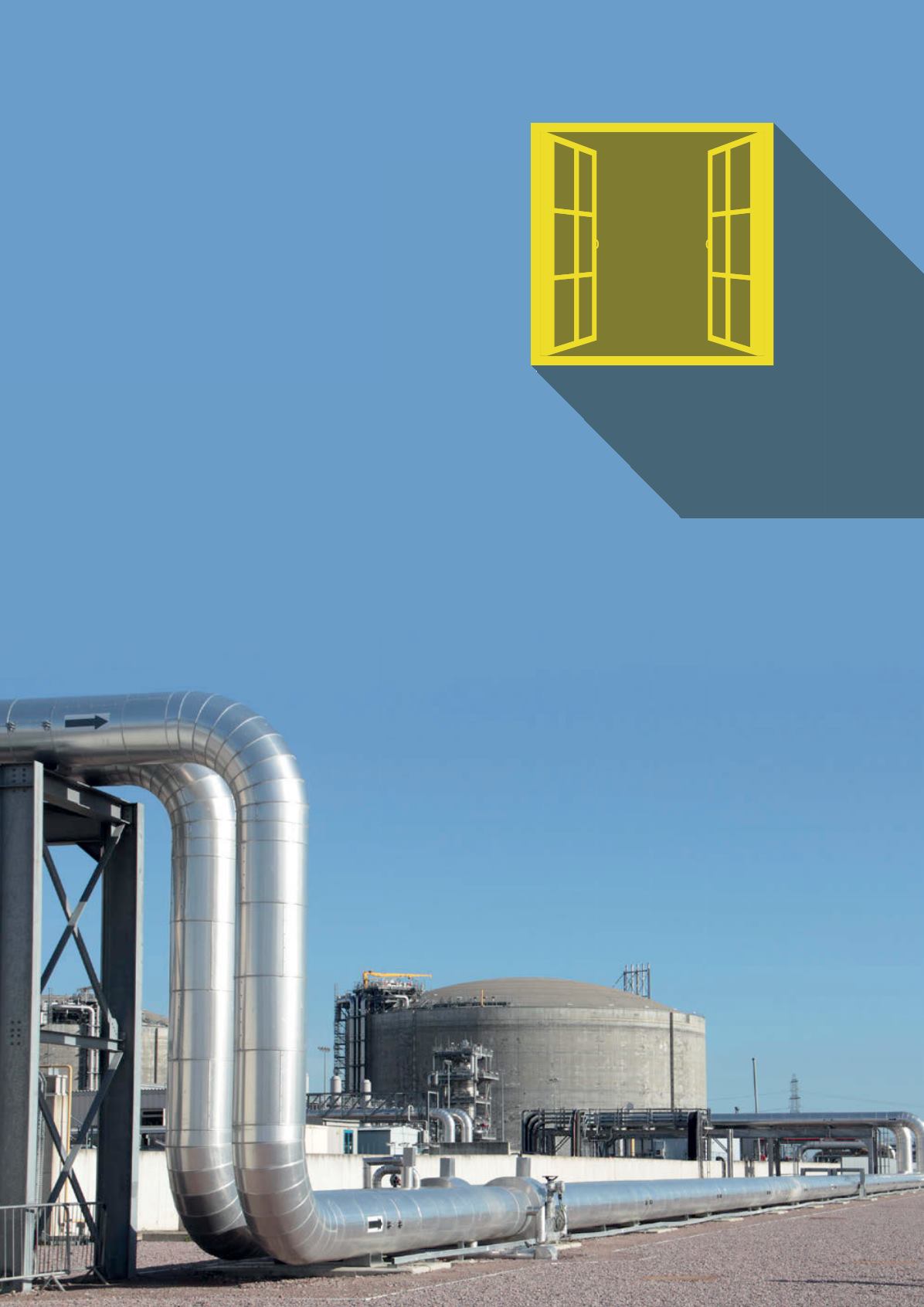
75
A
s technology continues to develop at an ever increasing pace, so too do control systems and the relentless drive from vendors to
exploit every sellable feature of an open system. If the obvious security issues are put to one side for a moment, experience shows
that one area is continuously overlooked – the ‘operator interface’. Building the system around the operator can lead to significant
improvements in the efficiency and safety of an LNG plant.
Knowledge is power
By taking advantage of modern systems and providing information that is easy to access, an operation team’s experience and intuition
(which can be almost impossible tomeasure, but can play a crucial part when there is a potential process
upset or incident) can be fully utilised.
Whilst themajority of systems have evolved away from standalone controllers and alarm
matrix panels, there are still some key points that can be transferred and should not be forgotten.
The Foxboro 43AP, with its large, clear display of set-point (SP), process variable (PV) and
output (OP), is a good example of all that is required in one display. Historically, matrix
panels were expensive tomodify, and would involve wiring up relay panels and updating
drawings and purchasing etched lamp covers. Therefore, the systemowner/designer would
have to seriously consider adding an alarm.
Nowadays, withmodern distributed control systems (DCS), every conceivable control
algorithm is available at the designer’s fingertips and process alarms are often enabled by
default. Combined with themodern way of working, where the role of inside/outsideman
has migrated to a predominately control roombased workforce, the interface designmust
be seriously considered.
A room with a
Toby Pusey,
National Grid Grain LNG,
UK,
explains the
importance of operator
involvement when designing and
constructing a modern control room at
the Grain LNG terminal.


